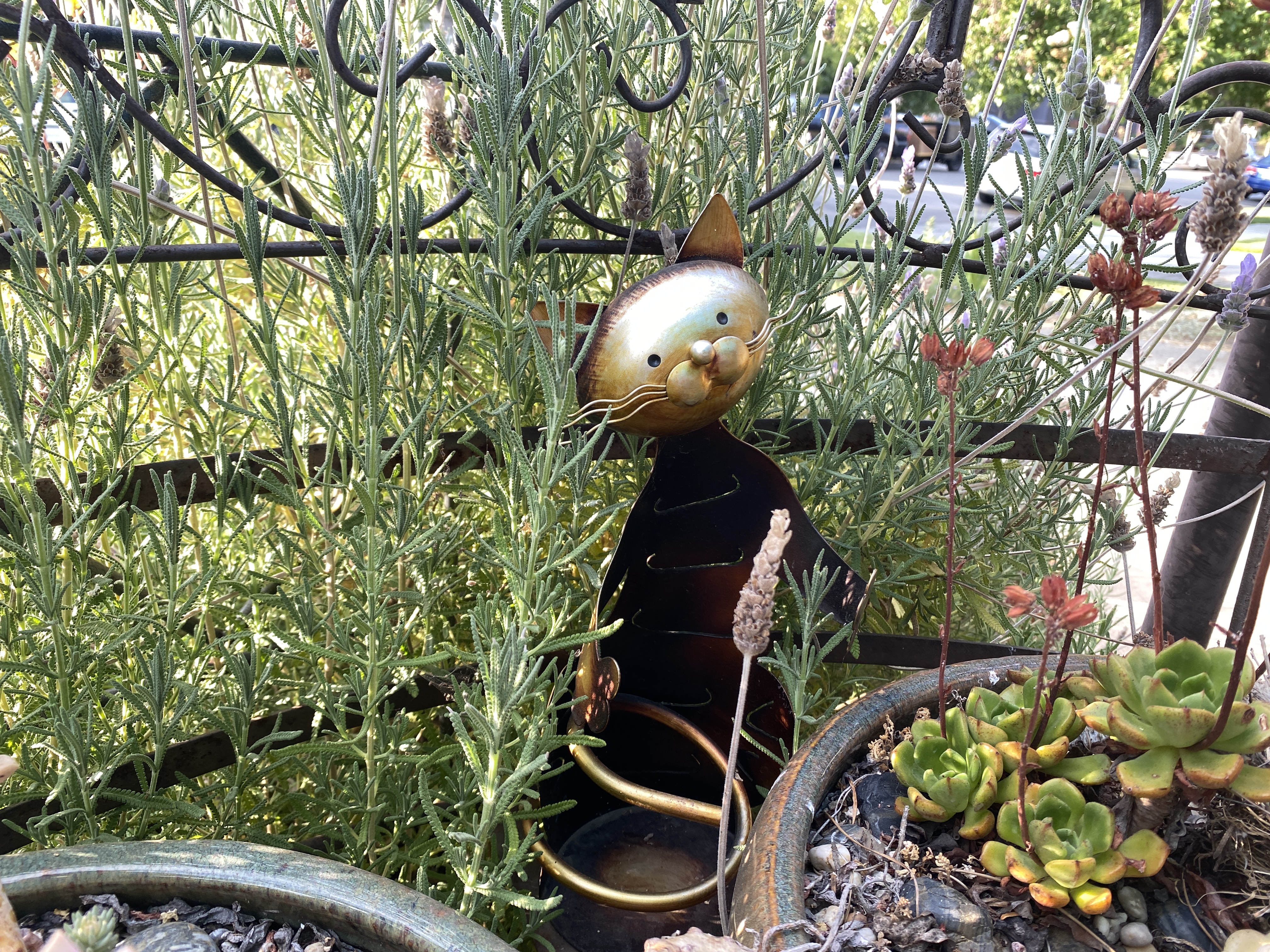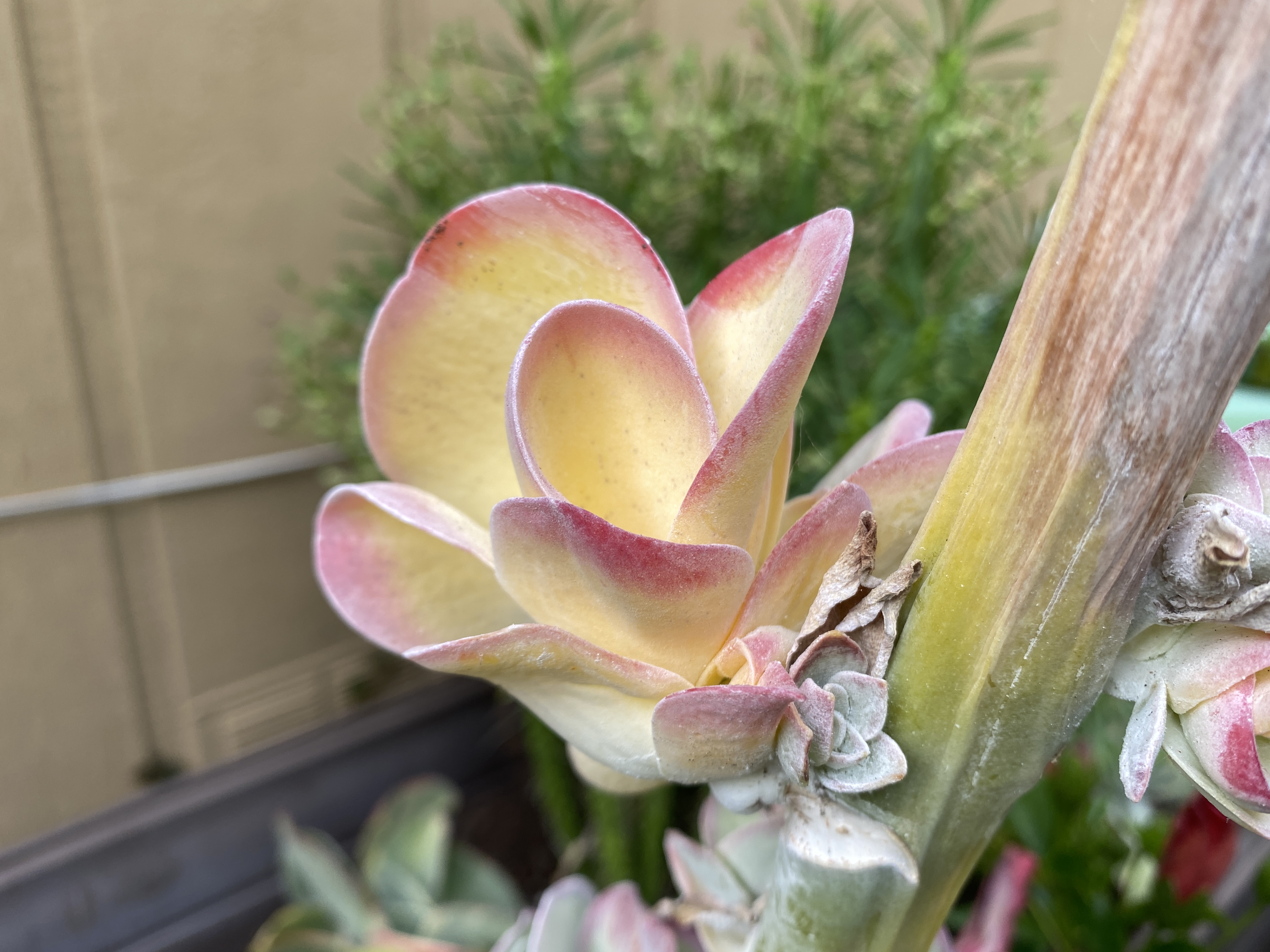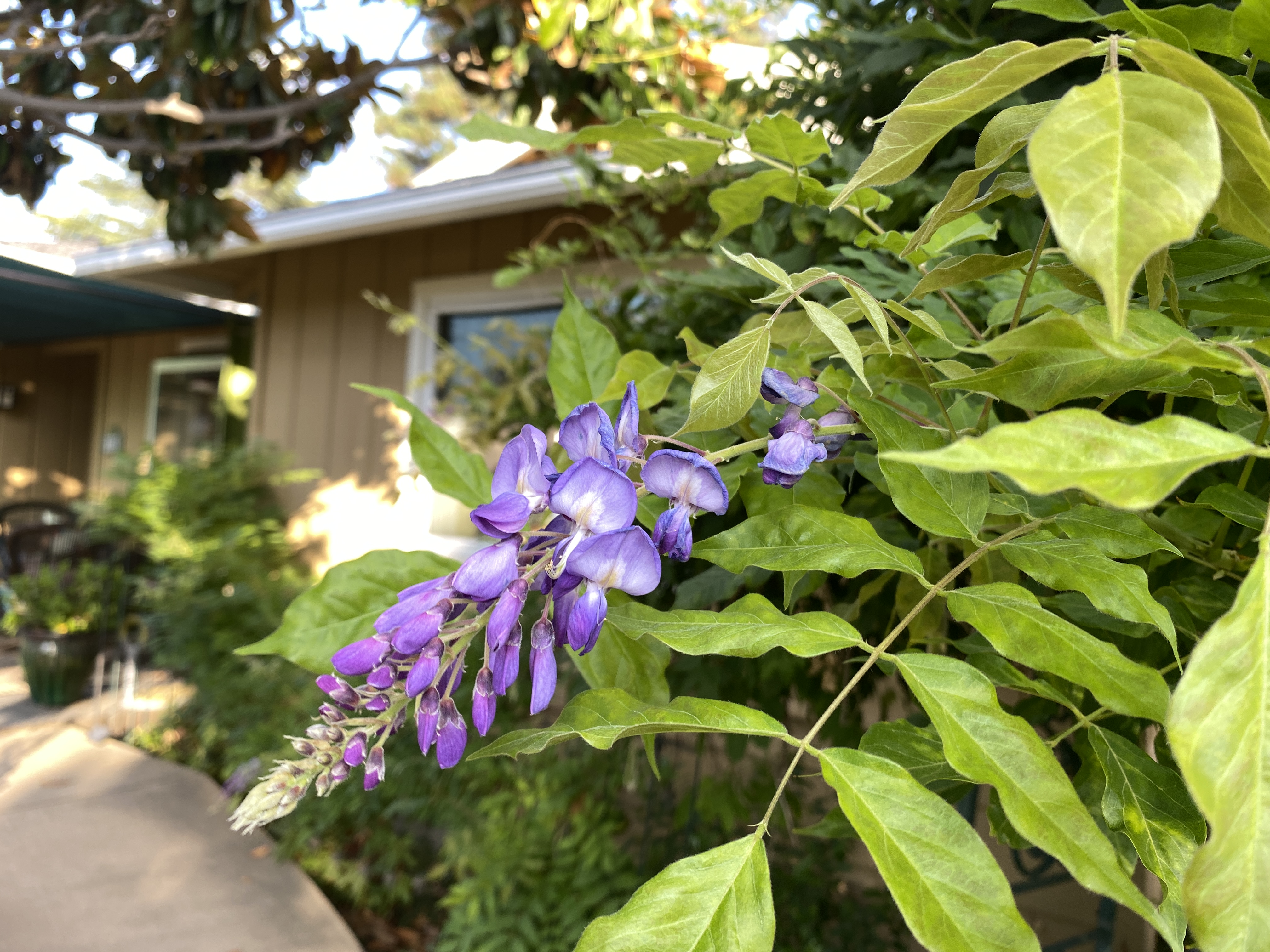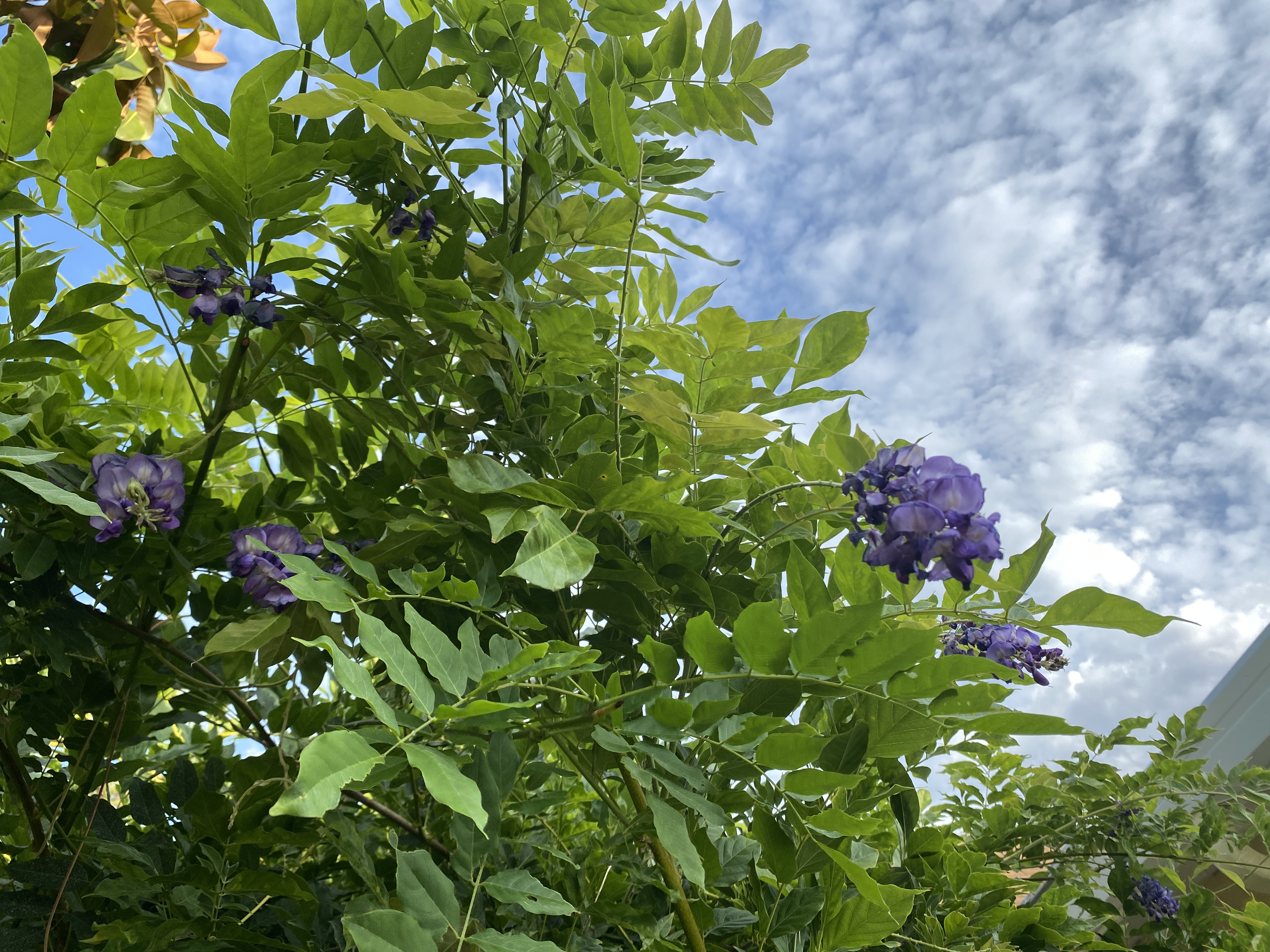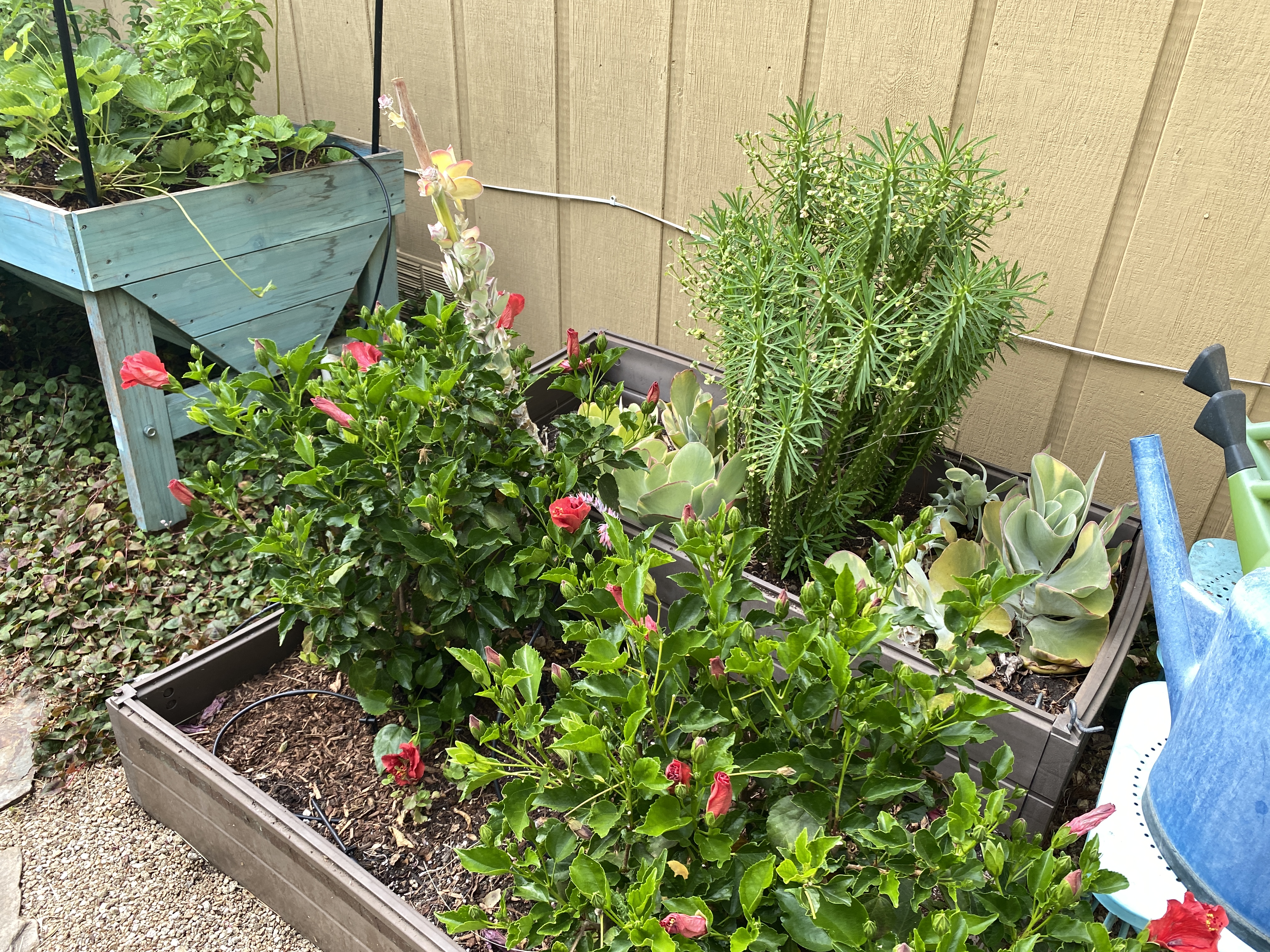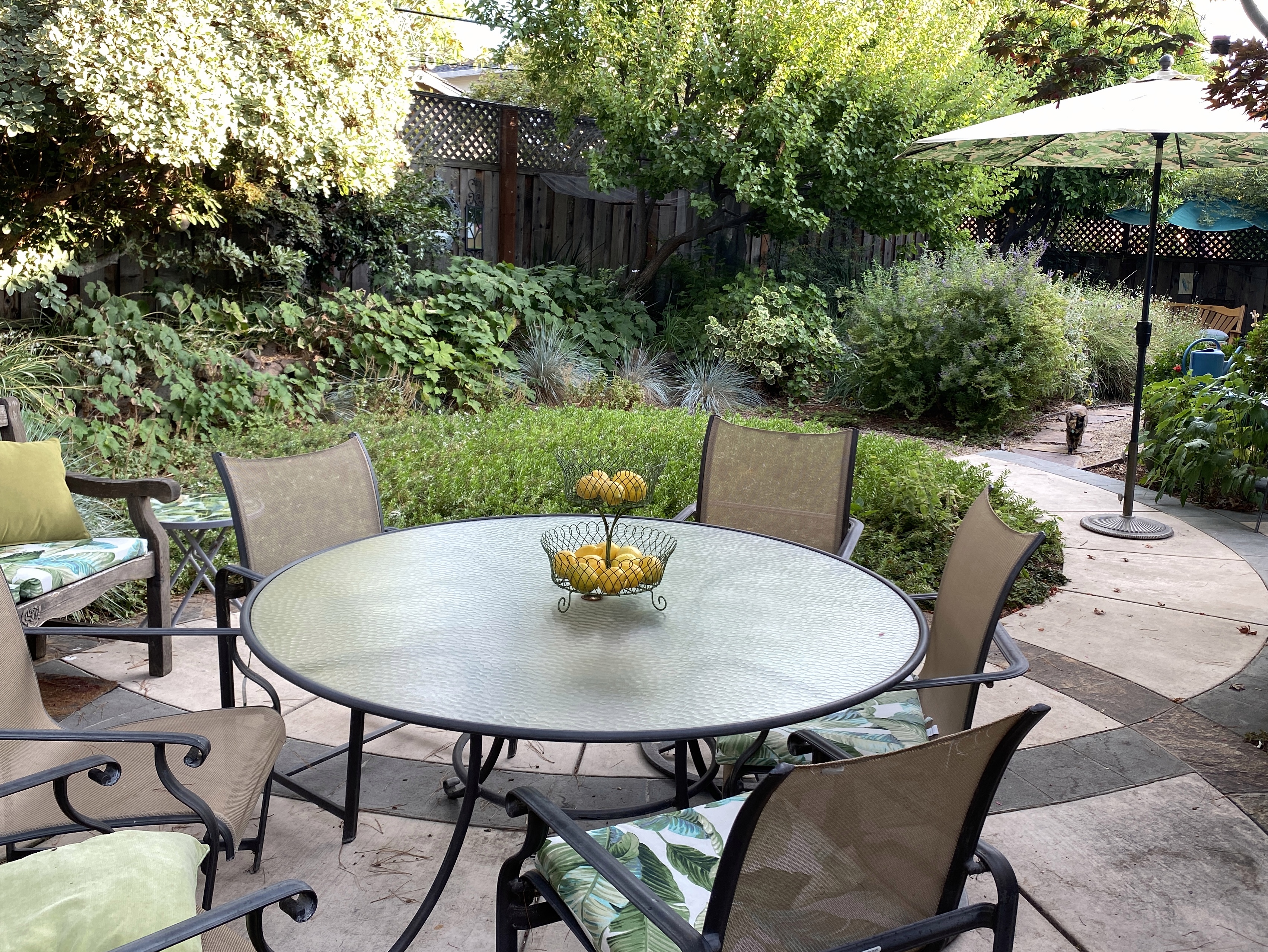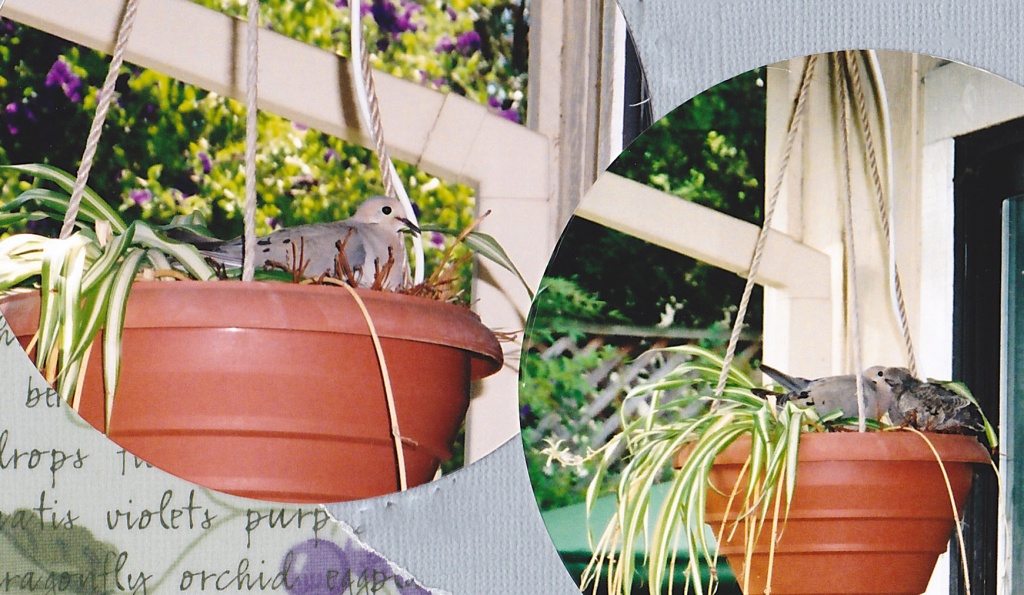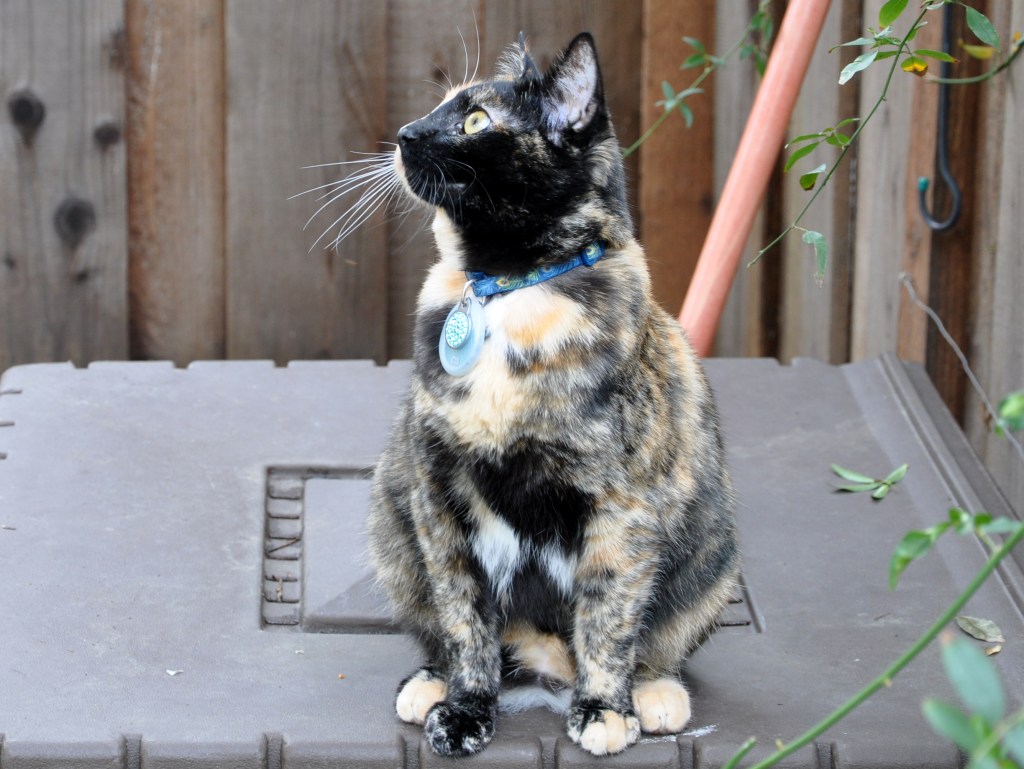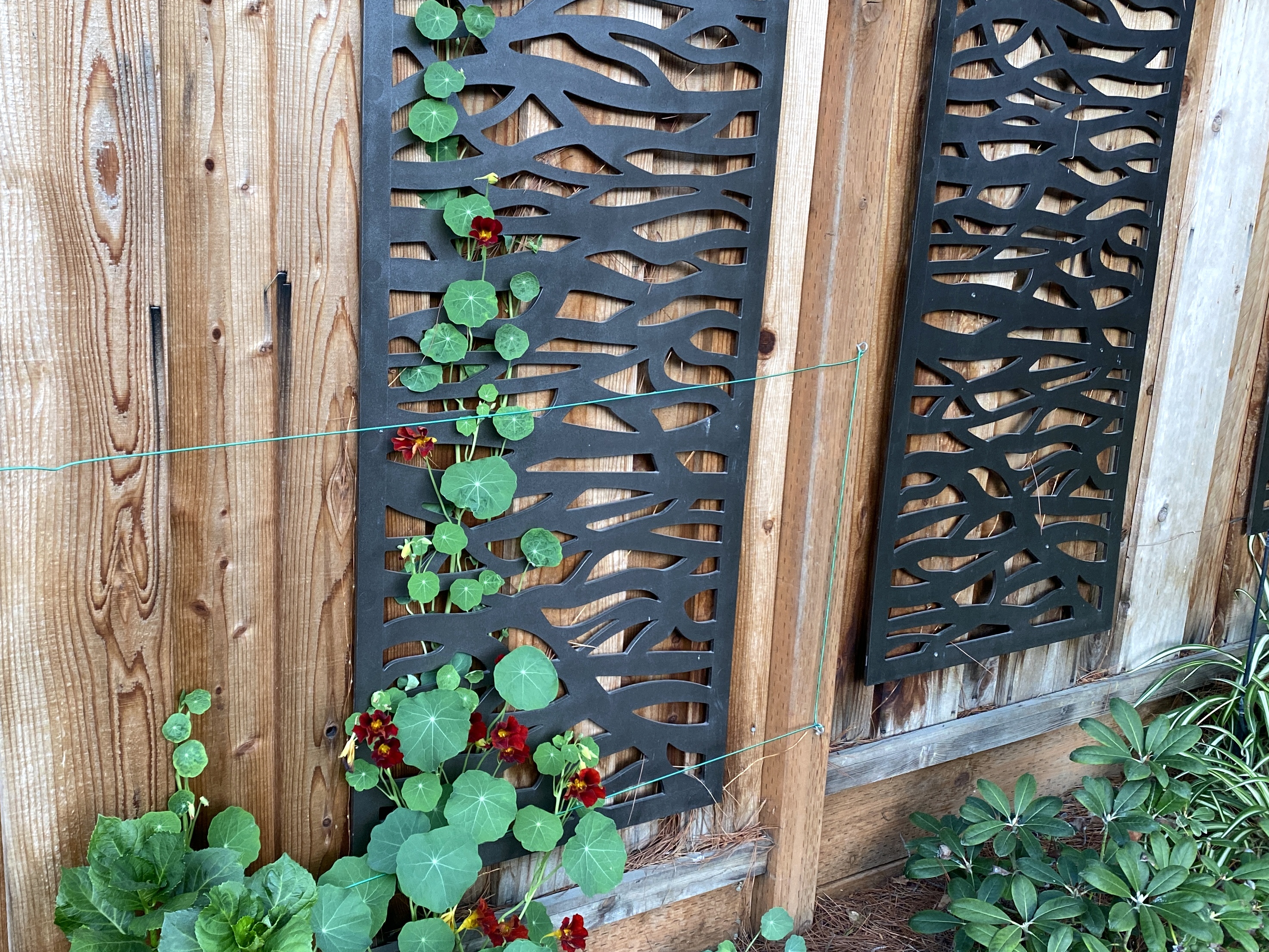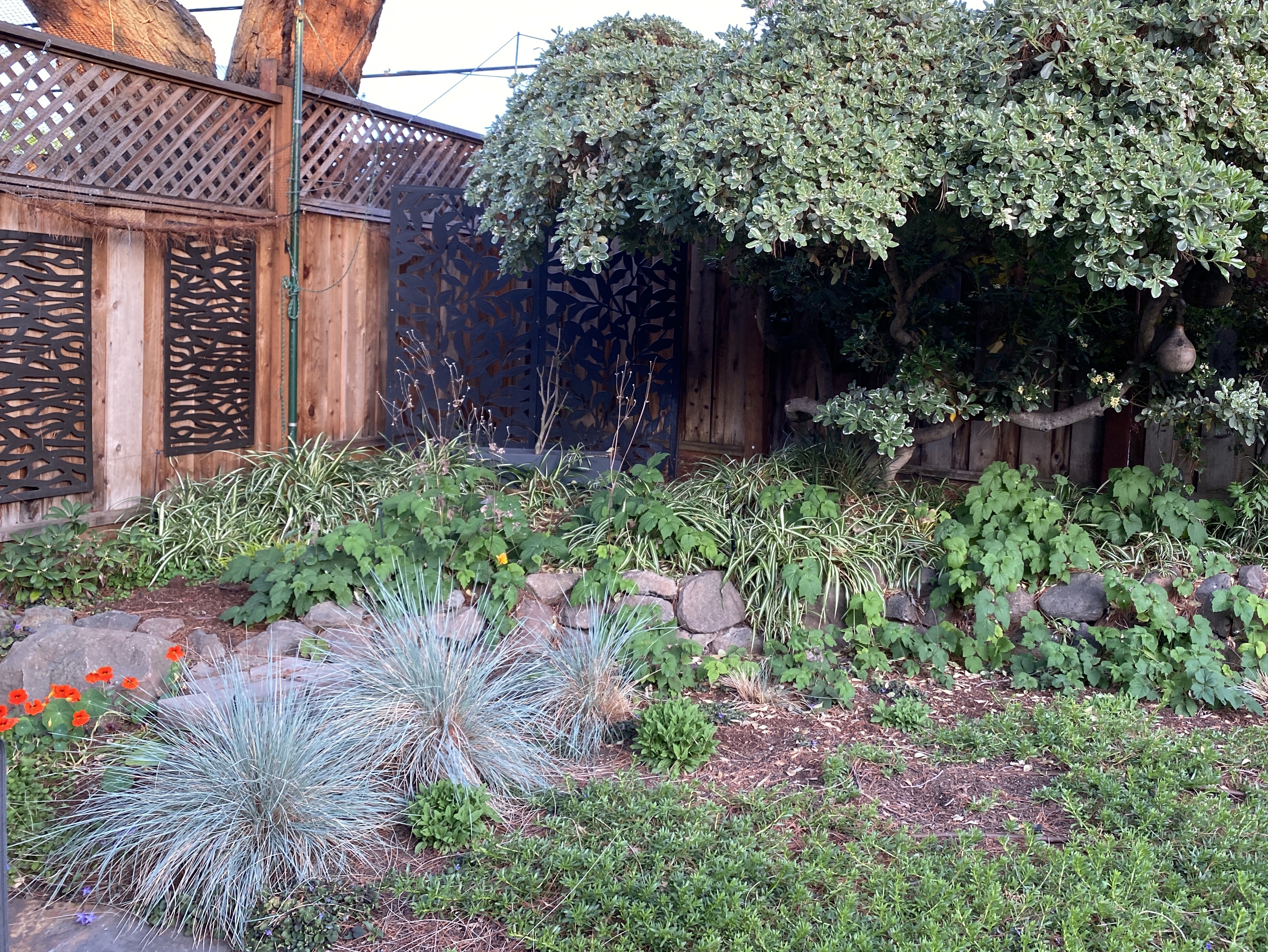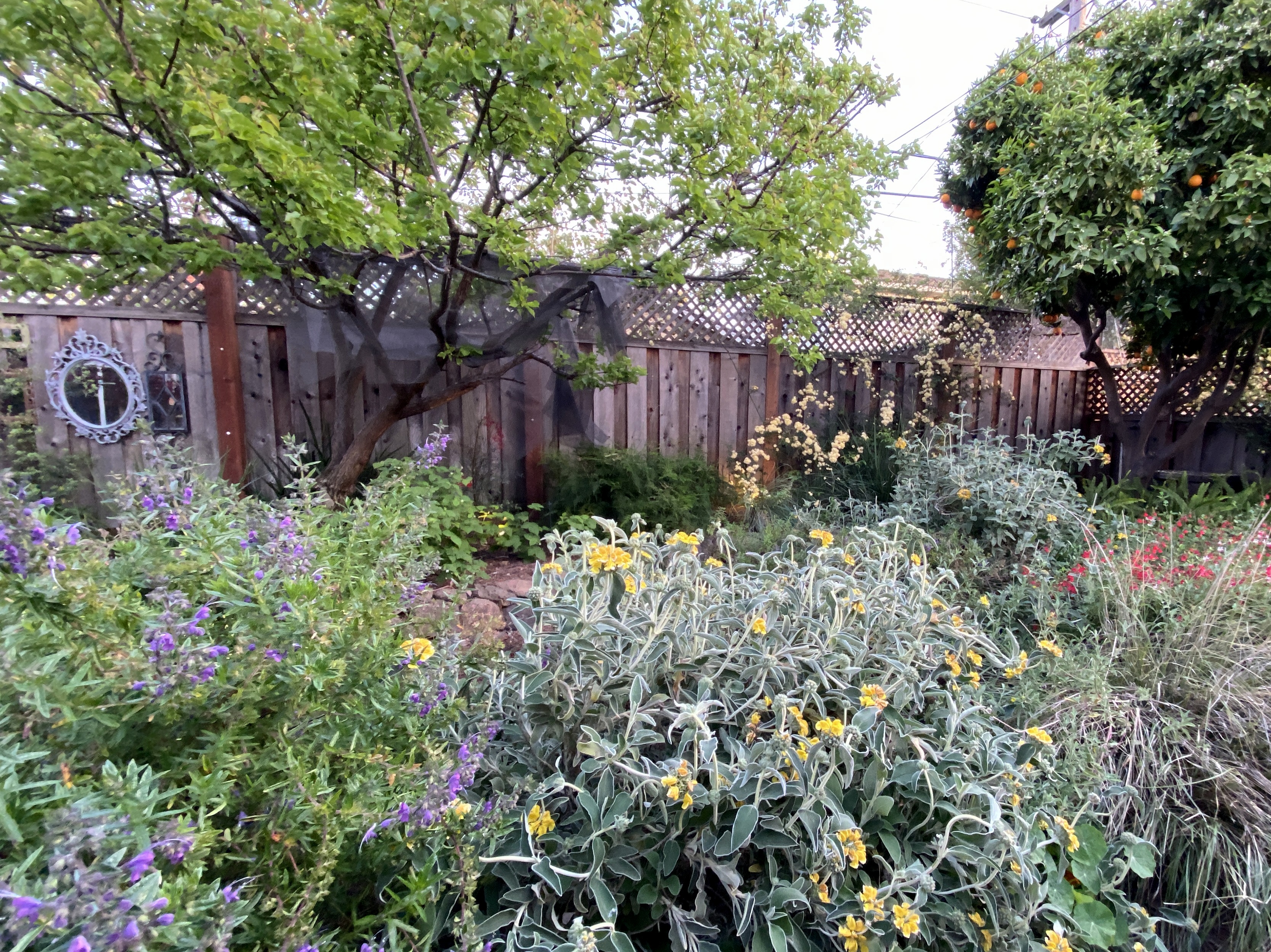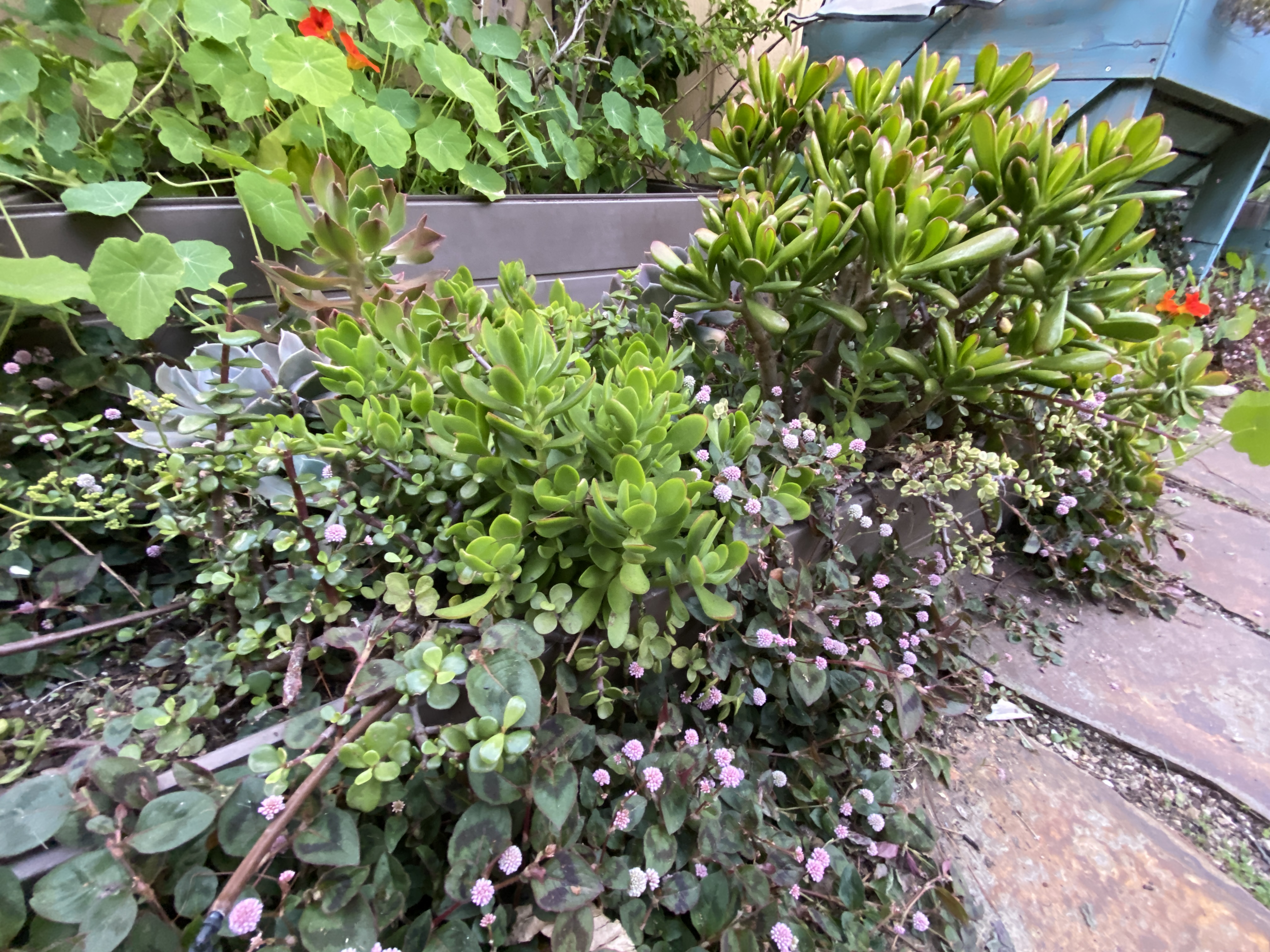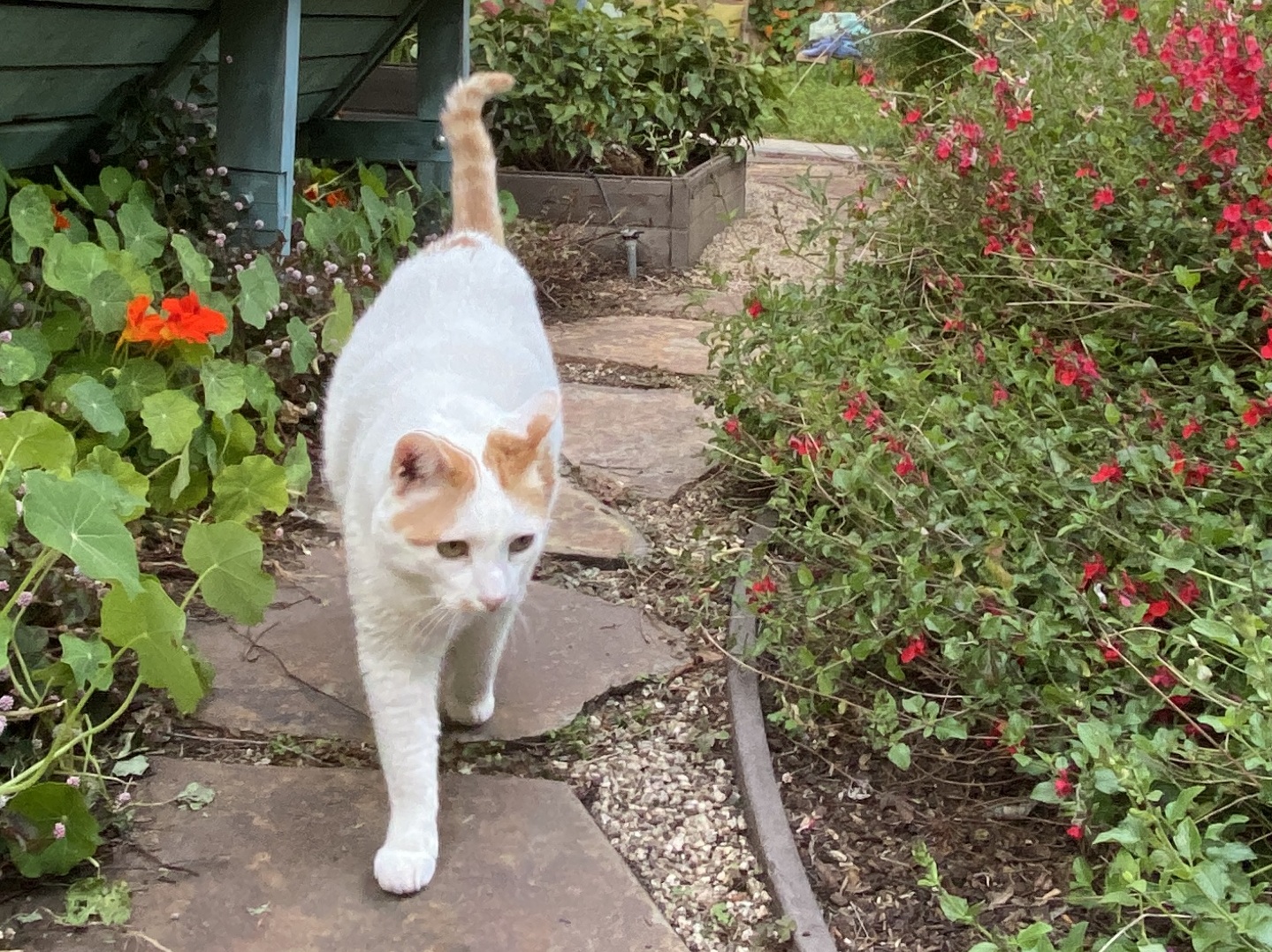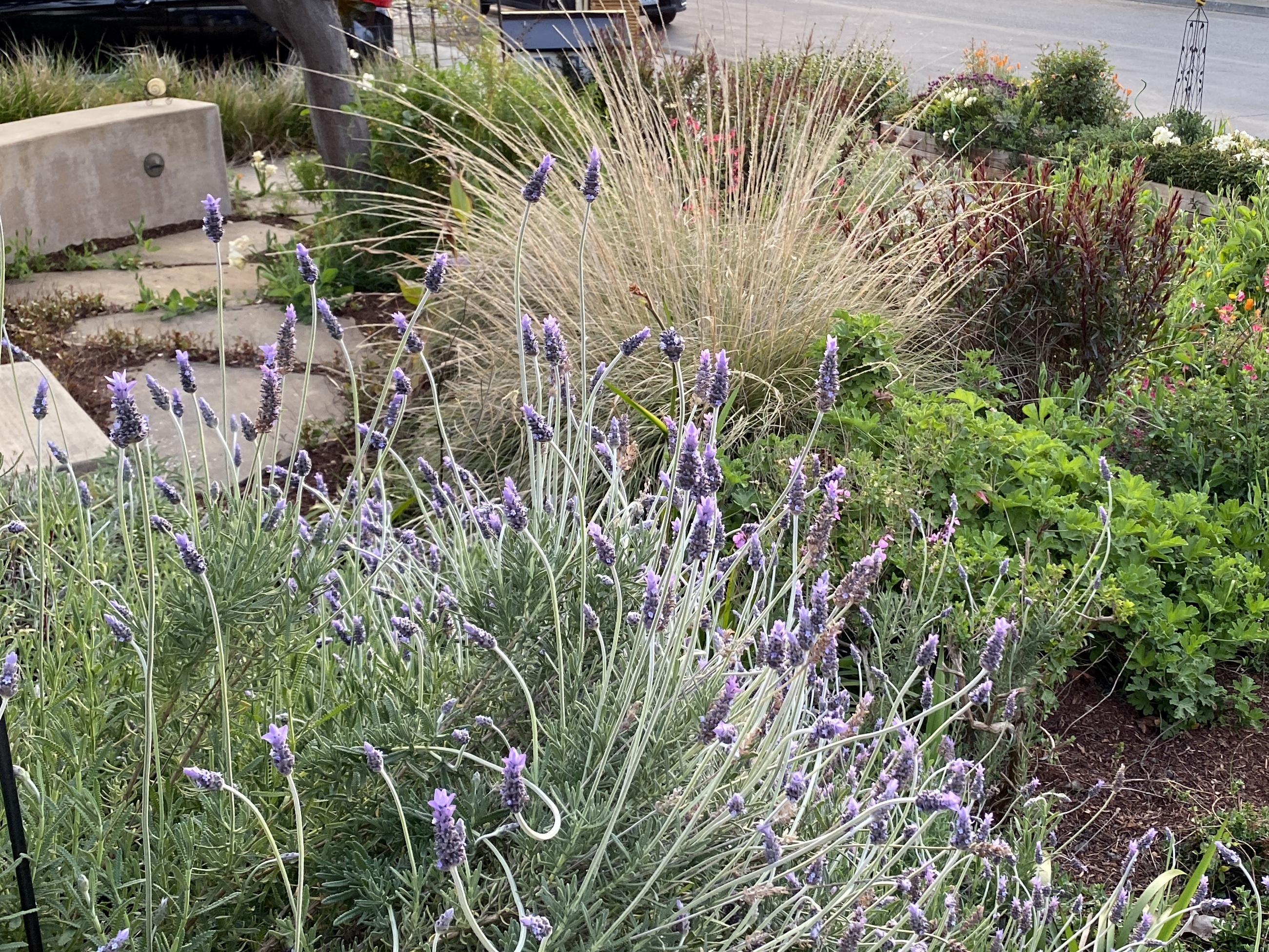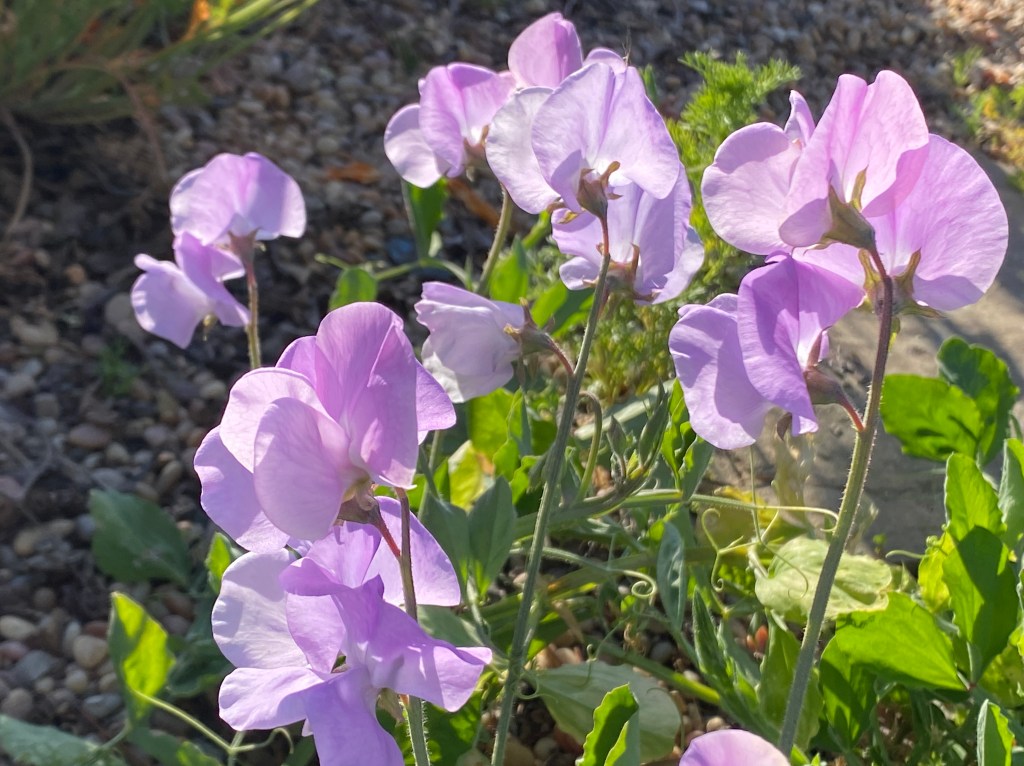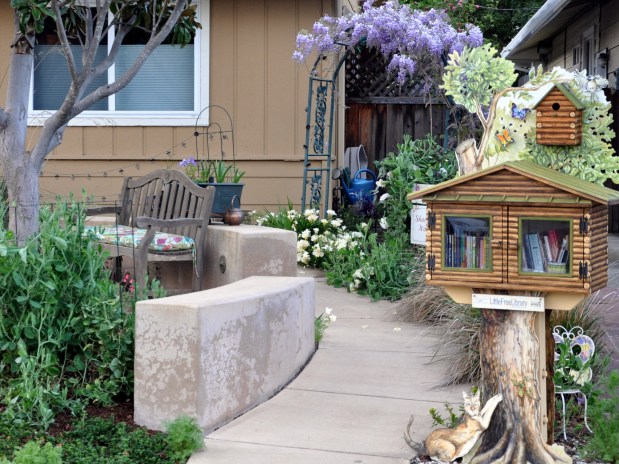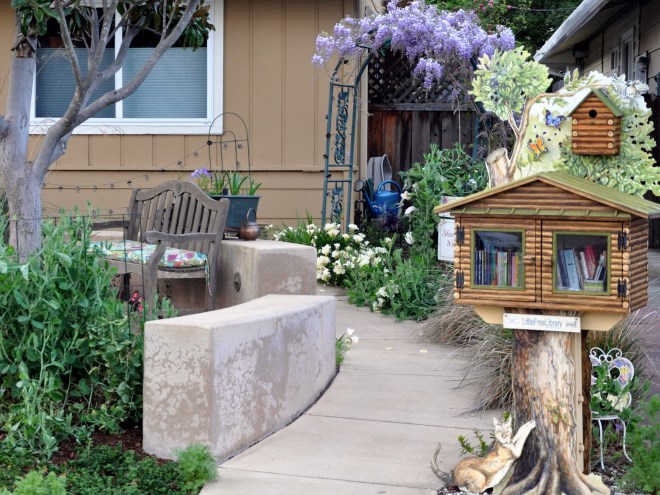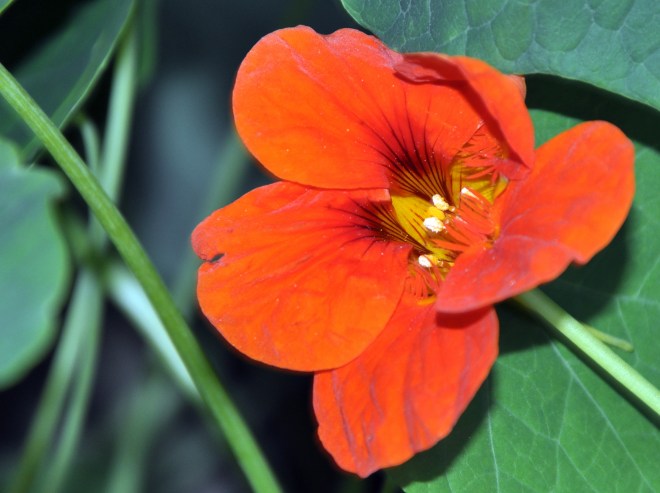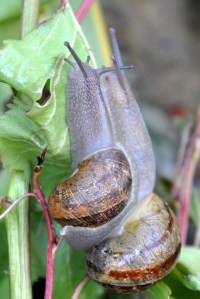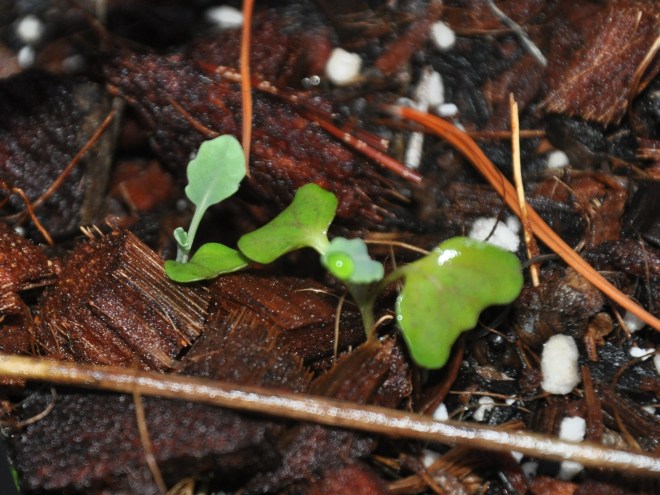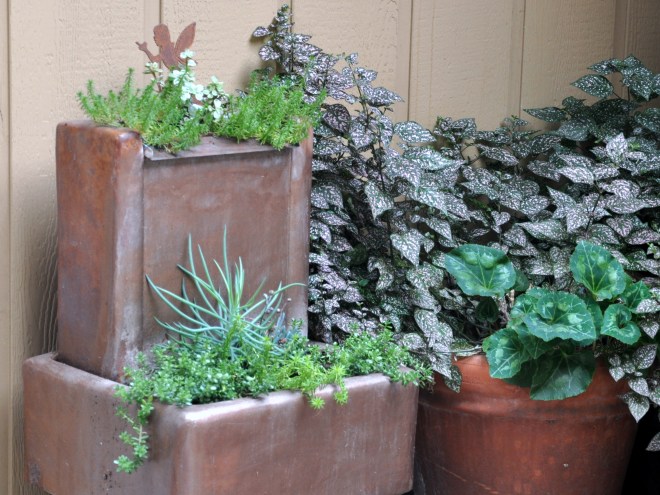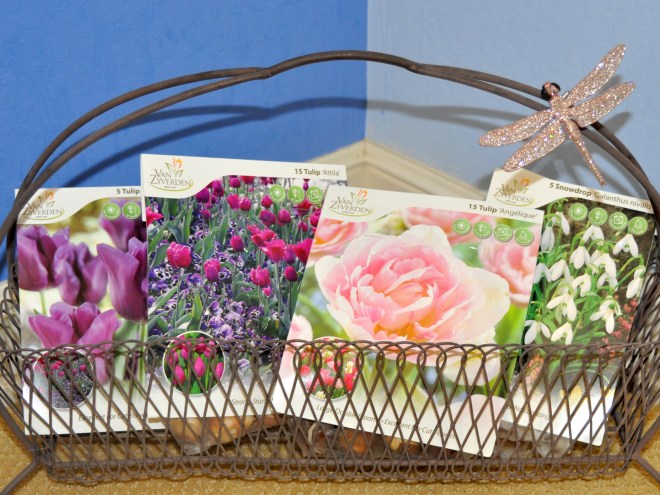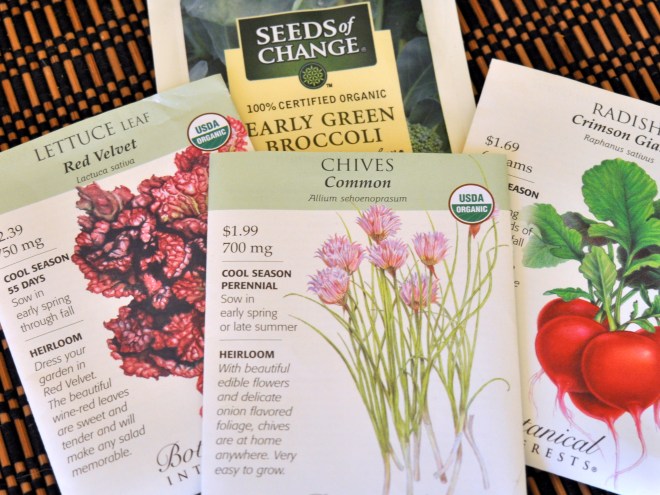I timed my photo-taking just right this evening, snapping several pictures at dusk. The light is perfect.
Dusk is my favorite time of day during the hot summer months. The brutal sun finally sets but the air is warm. I enjoy the sound of crickets and the familiar scent of garlic in the air from nearby Gilroy.

Fresh strawberries are another summer hallmark. The VegTrug is more densely planted this summer making it harder for critters to spot the red berries. I wouldn’t swear to that but it’s my working theory every time I harvest a delicious berry, unmolested by a rat, snail, or squirrel. These plants are six years old, so it’s the end of their run. Next summer I’ll plant even more.
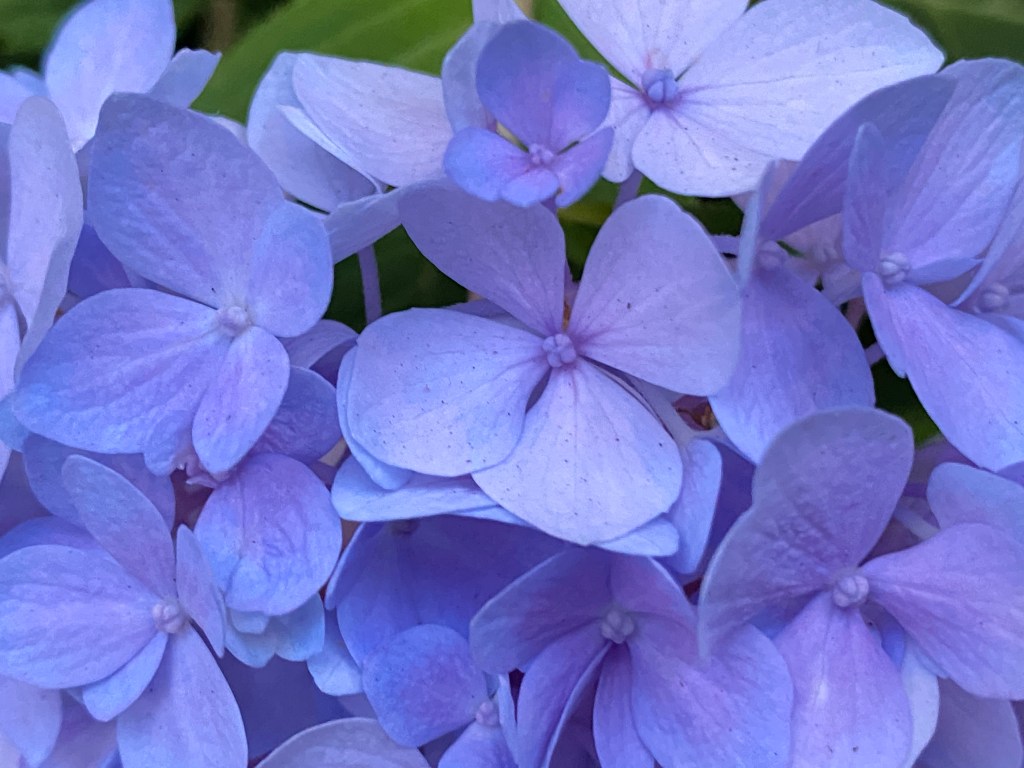

Mike added acid-rich plant food to the hydrangea last year, hoping to bring back the shades of blue. Interestingly, the above two photos are from the same plant. I’m enjoying the variety.

Equally stunning is this bright red hibiscus. I have a pair growing in one of the lower beds, but they’ll eventually need transplanting. They can grow to eight feet tall! This one is only about 24 inches. I need to do more research to see if I can encourage the plants to stay small. They fit so nicely along the garden path.

The bougainvillea fills out this corner beautifully. It drapes nicely across the VegTrug, and it also looks pretty from our bedroom window. You can see one of the hibiscus flowers just beyond. I love the play of sun on the neighboring pine tree.
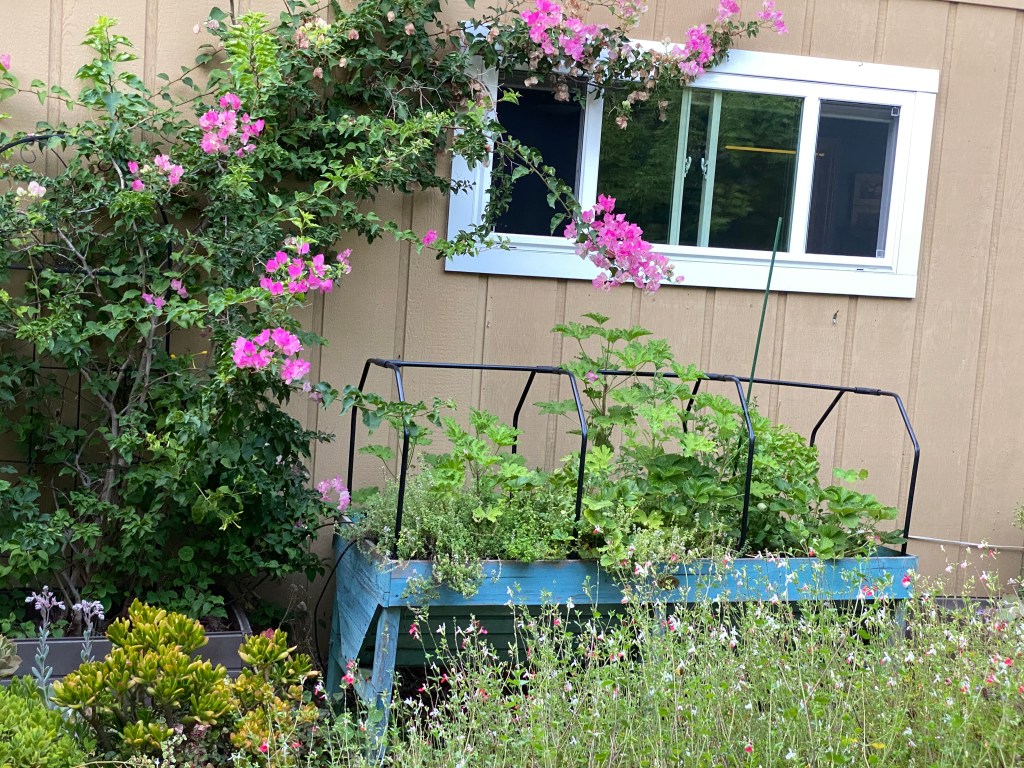
As garden chores go, I didn’t have as much to do this week. No rain means no extra weeds, except of course for the oxalis along the front garden path. I dead-headed the miniature roses and some salvia, and clipped away spent seed casings on the cornflowers. They’re looking pretty shabby but the birds love eating the seeds, so they’ll stay in the garden till they are completely spent. I used some rain barrel water to refresh the potted succulents and to rinse part of the deck.I finally found some cushions that I like for our settee and chairs online. They arrived last week. They’re twice as thick as the original cushions, so they’re really comfortable. We enjoyed spending time out there this week. The deck is also a favorite hummingbird spot, so it’s great for bird-watching as well. In addition to the two feeders, the hummers like the nectar of the kangaroo paw and the gladiolas.
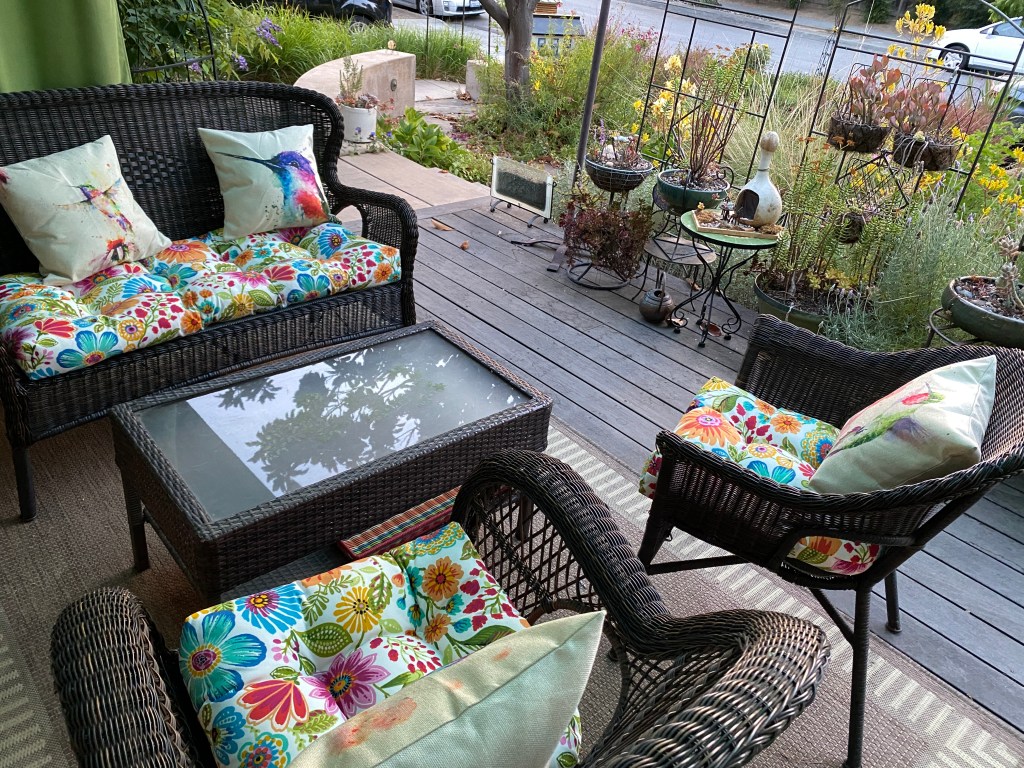

I hope you’re finding light in your corner of the world.




